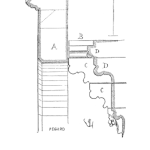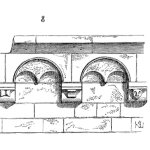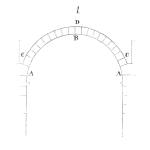
Economics concerns itself with the determination of the most logical and effective use of resources to meet private and social goals for some form of benefit. While primarily concerned with industry and business, its concepts of opportunity cost, supply and demand, present value, and mutual interdependence economics is also applicable to email; one of our most utilised forms of communication but, possibly, the most hated. [Read more…]













